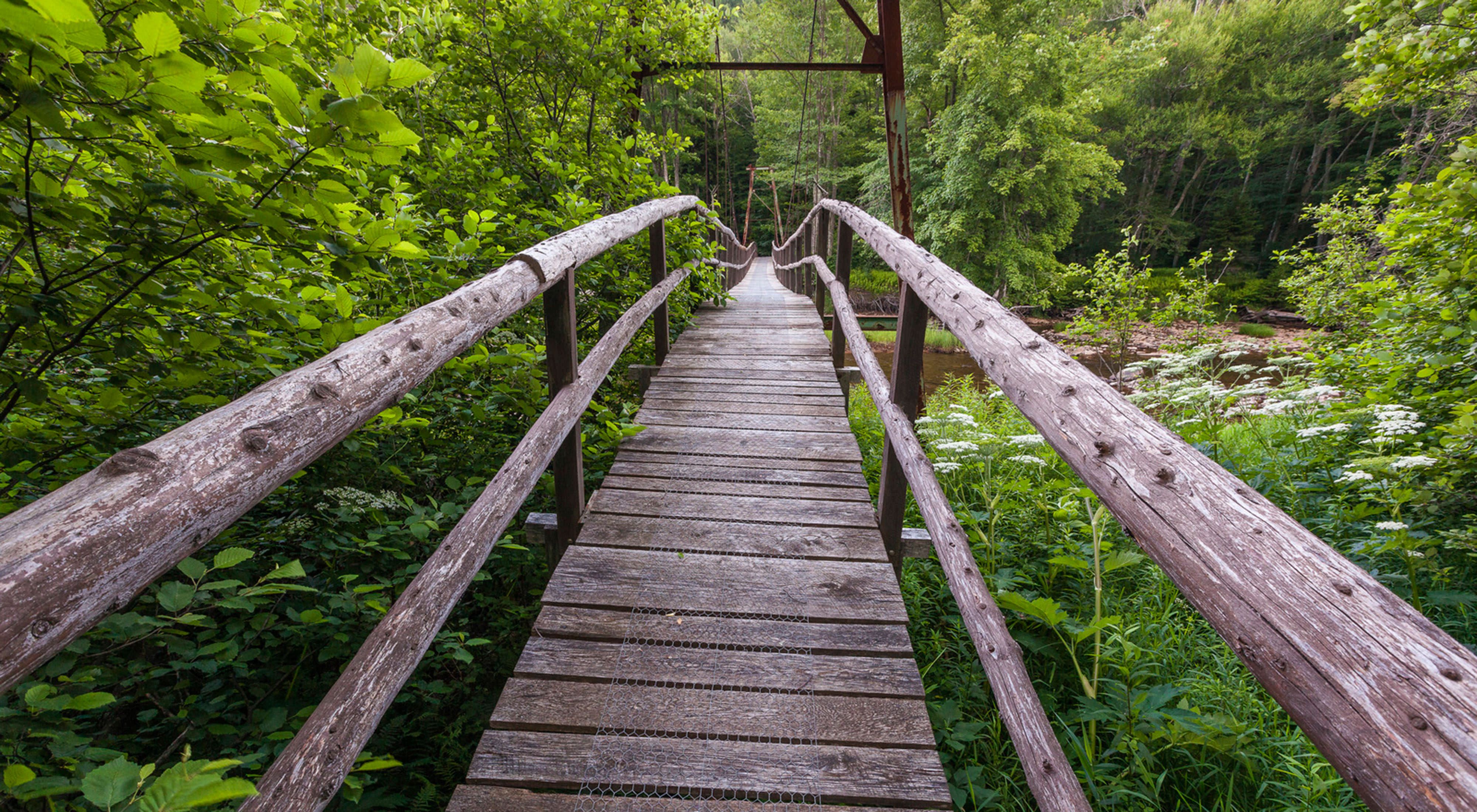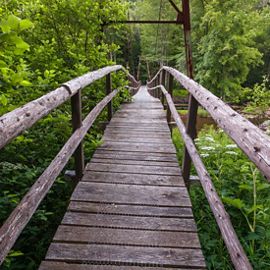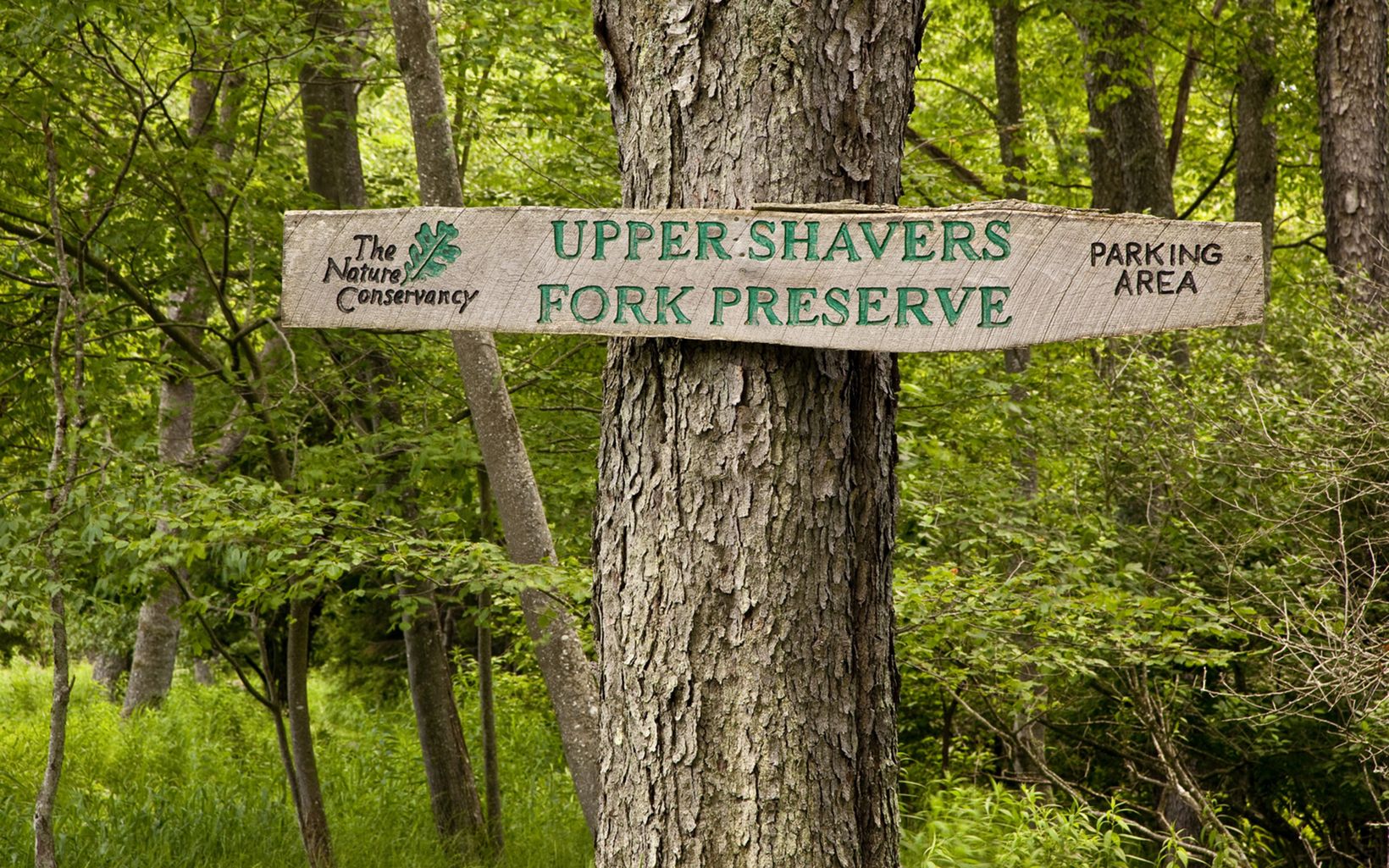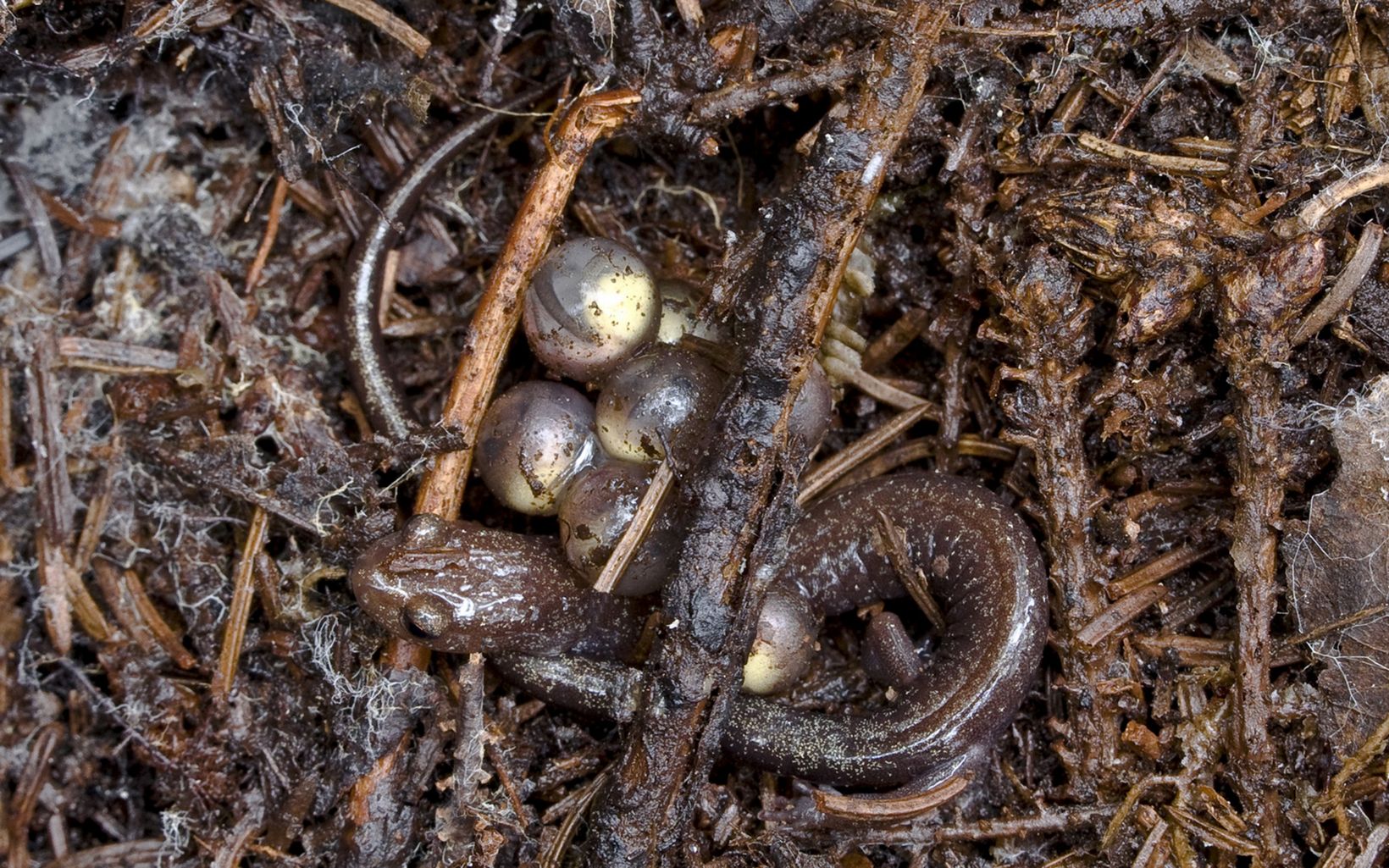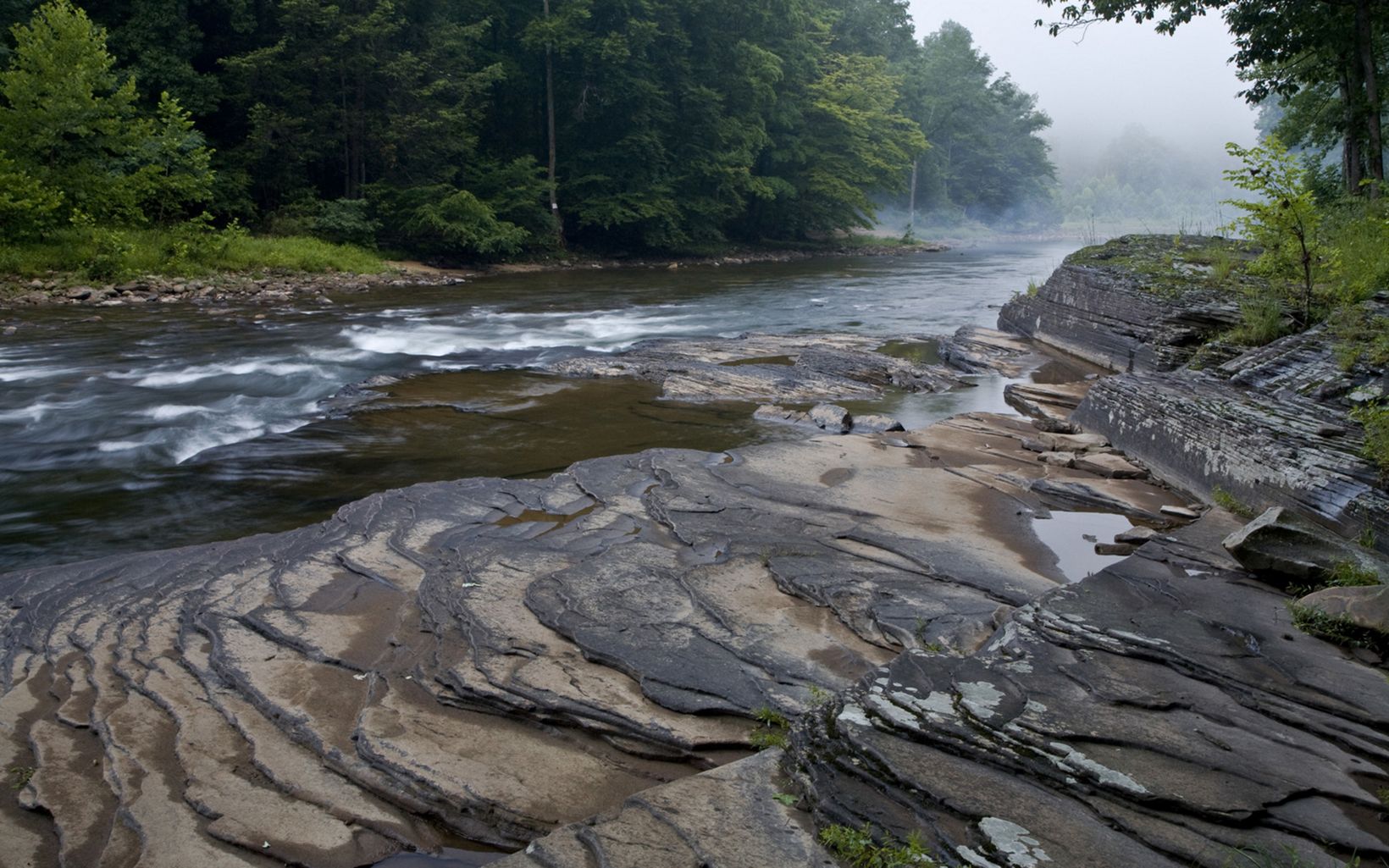Description
Covid-19 Update (July 24, 2021)
We ask all visitors to please follow any local restrictions put in place for your safety as well as guidance from the West Virginia Department of Health & Human Services and the Centers for Disease Control (CDC), including maintaining a distance of at least 6 feet from others (social distancing).
Parking may be limited at many of our preserves. If parking areas are full, or if you find you can’t social distance at any trail or preserve, it may be best to visit the area at another time.
Thank you for helping us in our efforts to protect our visitors’ health and well-being. Together, we can each do our part to stop the spread of COVID-19 so we can continue to do the important work needed in West Virginia.
Cheat Mountain is exceptionally high, with four peaks rising above 4800 feet and supporting the most extensive spruce forests south of the Adirondacks. It nestles the upper Shavers Fork of Cheat River, the highest large stream in the East. Ice floes that break up in the spring scour the river’s edge, an ecological phenomenon more typically encountered in eastern Canada and northern New England. The Cheat Mountain country is also one of the coldest, snowiest parts of the Appalachians, where over 300 inches of snow has been known to fall in one remarkable winter.
Threats
A little more than a century ago, West Virginia supported 460,000 acres of spruce and spruce-hardwood forests. All but a few hundred acres were logged within a short period of time nearly a century ago. The species dependent on that forest continue to suffer the consequences. For example, both the West Virginia flying squirrel and Cheat Mountain salamander are now on the federal list of threatened and endangered species.
Today, about 40,000 acres of second and third-growth spruce remain in West Virginia, much of that in the Cheat Mountain landscape. In recent decades, surface mining, development activities and roads have continued to fragment forested areas. Removal of the spruce also affected the river’s ability to support native brook trout, along with sedimentation from coal mining and road construction. An insect pest accidentally introduced from Asia is threatening to destroy the southernmost native stand of balsam firs, also found here.
Conservation Action
It will be centuries before extensive areas of high-quality spruce forest will redevelop completely, but the beginnings are here. The Conservancy is working with the Forest Service and other partners to restore this magnificent ecosystem. Our strategies also include:
- Replanting sites with native red spruce and northern hardwood trees
- Establishing native species and restoring hydrologic function
- Removing non-native trees and treating invasive species like knapweed
